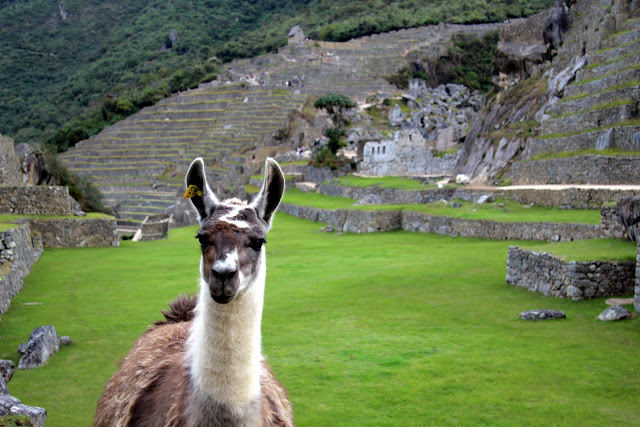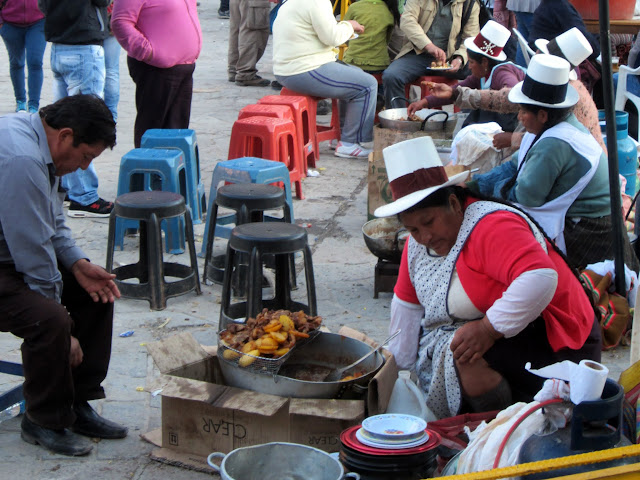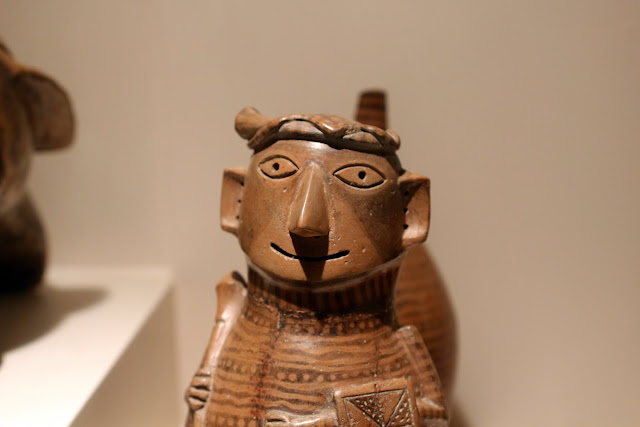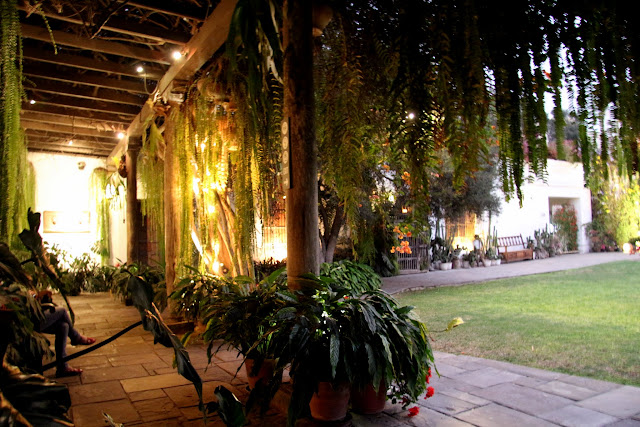
Hello again,
It's been a couple months since I have posted anything on here, mainly due to a hectic work schedule and the fact that I haven't had very many exciting trips recently. Since Peru, I've been here in the states, except for a weekend in Sweden (tickets were less than $350 r/t) and Disney World (if you don't count that as the US). It's been pretty quiet and I rounded the year out with a total of 46,855 miles flown. That makes 2015 the most traveled year since 2011.
Over the next few months, travel will be limited to flights back up to Seattle, but this fall I have one major trip on the horizon: My honeymoon. Naturally, you don't get this excuse to travel every day and this is going to be on amazing trip. Over the course of two and half weeks, we'll visit the Aitutaki in the South Pacific, New Zealand, Singapore, and Bali. In all, we will make a big pacific loop and fly just shy of completely around the world.
 |
| This is Aitutaki |
The total cost for airfare and hotels for this 19 day trip was $2,225 per person, or about $120 per person per day ($4,450 total for all hotels and flights). For a comparison, a seven day tour of Paris excluding airfare to Europe can set you back $2,000 per person. For just a little more, we will be doing the entire trip and some of the hotels we will be staying at are splurge hotels (~$325/night), such as the Marina Bay Sands in Singapore and a beach front cottage in Aitutaki. Over the next couple posts on the blog, I'll talk about how this happened and what goes into planning something like this.
On another side, this year is going to be very exciting in terms of photography. I just upgraded to a Canon G9X premium compact, and I have three specialty cameras ordered and (hopefully) on their way to me soon. You will start seeing full spherical photos on here, along with better quality as well. So far, I have been using the G9X and like it quite a bit. Here are some sample photos from the weekend:
Overall, I'm impressed with it. I could have gone with the G7X, but looking forward to the honeymoon trip I wanted something very compact and that had multiple options for charging. While I would have enjoyed the lens on the G7X better, being able to charge via USB like you can on the G9X will be exceedingly useful.
As for other cameras, I should have before the honeymoon a Narrative Clip 2, a 360cam, and a Panono. These are all specialty cameras. The Narrative Clip is wearable camera that snaps a photo every 30 seconds or so. This gives you a stream of moments that you can go back and look into later, without having to explicitly worry about snapping a photo. I am looking forward to using it for timelapses. Meanwhile, the 360cam is all about 360 degree video. This space is getting a little more crowded, but the 360cam looks like a pretty solid product: The video stitching is done on the camera and quality seems to be on par with something like the Nikon Key Mission 360.
 However, those two gizmos are not as exciting as the last one: The Panono. The panono is a spherical camera that uses 36 cameras to create the shot. The main advantage? Quality and size. Most of the other cameras on the market use one or two sensors, plus fish eye lenses, to create the shot. As a result, you get distortion and blur at the seams/edges, plus low resolution. In other situations you can get "ghosting" or parallax errors, which don't look that great.
However, those two gizmos are not as exciting as the last one: The Panono. The panono is a spherical camera that uses 36 cameras to create the shot. The main advantage? Quality and size. Most of the other cameras on the market use one or two sensors, plus fish eye lenses, to create the shot. As a result, you get distortion and blur at the seams/edges, plus low resolution. In other situations you can get "ghosting" or parallax errors, which don't look that great.
The Panono, on the other hand, spits out a 100MP image and avoids a lot of the pitfalls of other options. The 36 cameras fire off at the same time so the whole scene is captured at the same time, and the resolution is pretty great. Check out this example and be sure to zoom in. It will be a unique way to capture places and it is on the way to me right now. I am pretty excited.
And there you have it. Next time I'll go into how I planned the honeymoon and why it was so cheap.
















































